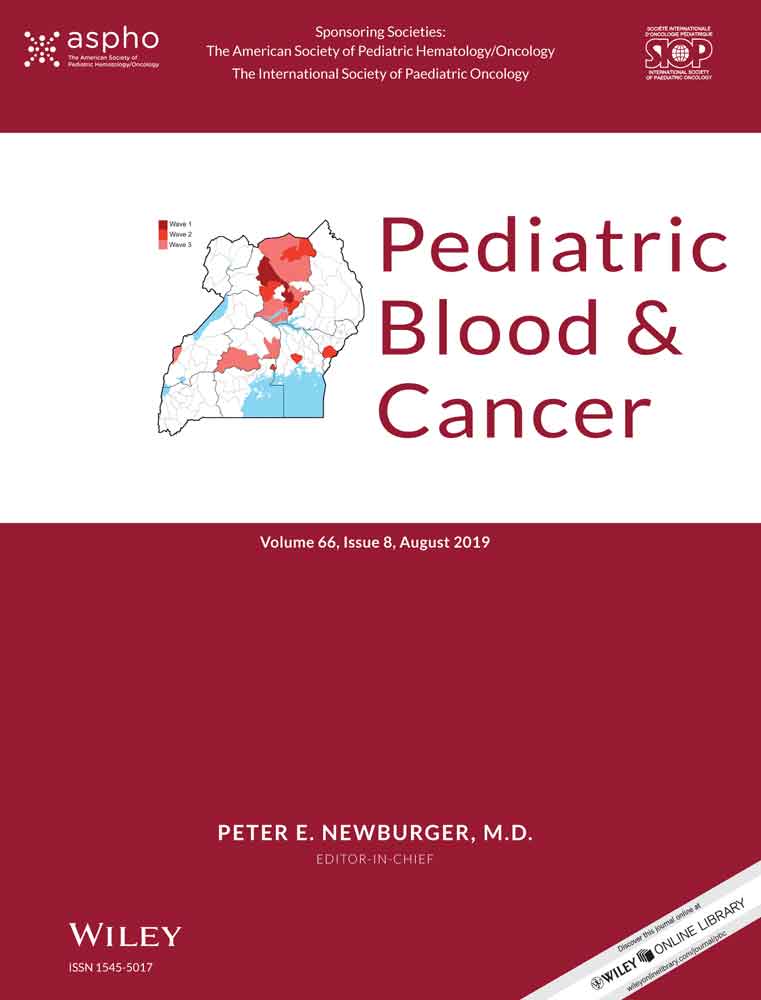Sickle cell screening in Uganda: High burden, human immunodeficiency virus comorbidity, and genetic modifiers
Funding information:
Cincinnati Children’s Research Foundation; National Institutes of Health Center Cores, Grant Number: P30 DK090971
Charles Kiyaga and Arielle G. Hernandez contributed equally as co-first authors and Russell E. Ware and Jane R. Aceng contributed equally as co-senior authors.
Abstract
Background
The Uganda Sickle Surveillance Study provided evidence for a large sickle burden among HIV-exposed infants in Uganda. To date, however, no large scale screening program has been developed for Central or East Africa.
Methods
A 3-year targeted sickle cell screening project in Uganda was designed by the Ministry of Health to (1) determine sickle cell trait and disease prevalence within high-burden districts, (2) document the prevalence among HIV-exposed and nonexposed children, (3) confirm previously suggested HIV comorbidity, and (4) estimate the co-inheritance of known genetic modifiers of sickle cell disease.
Results
A total of 163 334 dried blood spot samples collected between April 2015 and March 2018 were analyzed, including 112 352 samples within the HIV Early Infant Diagnosis program. A high burden with >1% sickle cell disease was found within targeted East Central and Mid-Northern districts, in both HIV-exposed and nonexposed children. Based on crude birth-rate data, 236 905 sickle cell trait births and 16 695 sickle cell disease births will occur annually in Uganda. Compared to sickle cell disease without HIV, the odds ratio of having sickle cell disease plus HIV was 0.50 (95% confidence interval = 0.40-0.64, P < .0001). Alpha-thalassemia trait and G6PD deficiency were common with sickle cell disease, but with different geospatial distribution.
Conclusions
High sickle cell burden and potential HIV comorbidity are confirmed in Uganda. Genetic modifiers are common and likely influence laboratory and clinical phenotypes. These prospective data document that targeted sickle cell screening is feasible and effective in Uganda, and support development of district-level comprehensive care programs.
CONFLICT OF INTEREST
None of the authors has any conflict of interest regarding the data and conclusions reported in this study.




